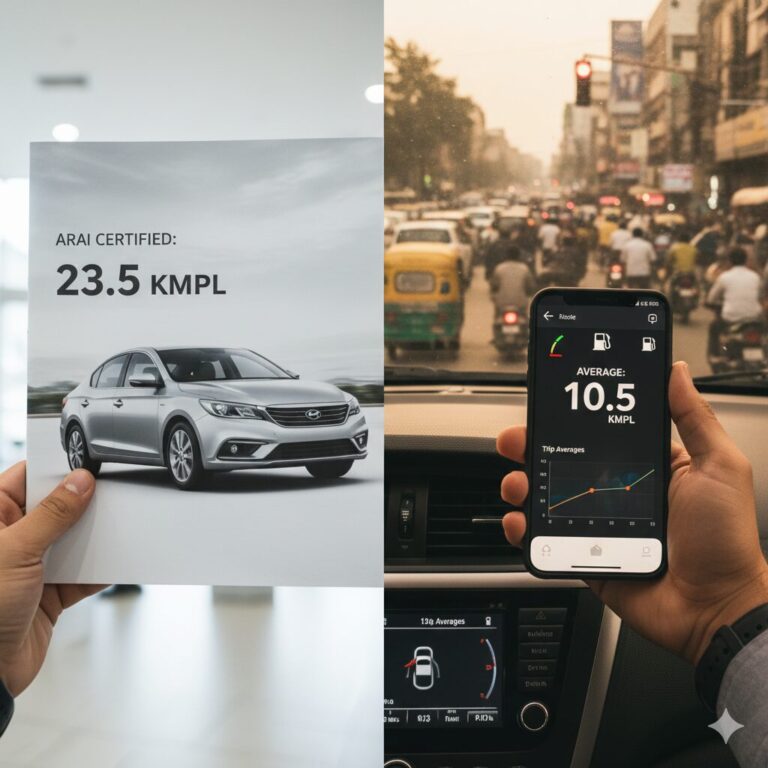You’re cruising down the highway — eyes forward, hands on the wheel. But your mind drifts. Suddenly, 30 kilometers have passed… and you don’t remember any of them.
This isn’t just daydreaming. It’s a phenomenon called highway hypnosis, and it affects millions of drivers — often without them even realizing it.
What Is Highway Hypnosis?
Also known as “white line fever,” highway hypnosis is a mental state in which you drive while partially unaware. You’re still steering, still in your lane — but your conscious mind has checked out. You might not recall making a turn or overtaking a vehicle. Your memory goes blank because your brain is operating in energy-saving mode.
This state tends to occur on long, monotonous routes like expressways or national highways — especially when you’re tired, the scenery doesn’t change, or the drive demands little attention.
What Causes Driving Fatigue and Highway Hypnosis?
Driving for extended periods without breaks, especially in low-stimulation environments, reduces sensory input. To conserve energy, the brain lowers its alertness, entering a semi-automatic state. Fatigue makes this effect worse — turning mild zoning-out into something much more dangerous.
Research shows that during repetitive tasks, brain activity shifts toward what scientists call the ‘default mode network’—areas associated with daydreaming and reduced focus.
How to Recognize Drowsy Driving Warning Signs
- Memory Gaps: You realize you don’t remember the last several kilometers.
- Missed Turns or Exits: You pass your destination or take a wrong route without noticing.
- Snap-Back Moments: You suddenly “wake up” mentally, unsure how you got where you are.
- Lane Drift: You find yourself too close to one side or slowly drifting out of your lane.
- Emotional Blunting: You’re indifferent to what’s around you — no stress, no reaction, just autopilot.
Why Drowsy Driving Is So Dangerous
Drowsy driving causes more than 100,000 crashes annually in the U.S. alone, according to the National Highway Traffic Safety Administration (NHTSA). But the risks are even greater in India, where unexpected road hazards — pedestrians, animals, potholes — demand constant attention.
You may think you’re driving safely, but if your brain isn’t fully engaged, you’re vulnerable to:
- Late braking or missing signals
- Unintended lane shifts
- Slower reaction to sudden changes in traffic
- Complete loss of control if you fall asleep momentarily
5 Proven Ways to Stay Alert on Long Drives
- Take a Break Every 2 Hours: Even a 10-minute walk or stretch can reset your focus.
- Stay Engaged Mentally: Listen to upbeat music, podcasts, or talk to a passenger.
- Keep the Cabin Cool: Lower temperatures keep your senses alert. Avoid warm, drowsy environments.
- Sleep Before You Drive: No amount of coffee can replace real rest. If you’re tired, delay your trip or nap before departure.
- Use Technology Wisely: Consider apps that monitor driving patterns such as Attento and alert you to signs of fatigue or distraction.
How Attento Helps You Stay Alert Behind the Wheel
Attento is a smartphone-based telematics platform that detects patterns like harsh braking, speed drift, and late-night driving. It’s like a co-pilot that watches for fatigue before your brain does. Based on your driving behavior, it can issue smart nudges that encourage breaks or caution before it’s too late.
By scoring each trip and giving you real-time feedback, Attento helps you build habits that prioritize alertness — not just speed or mileage.
Final Thought: Don’t Let Your Brain Go Quiet Behind the Wheel
If time seems to vanish while you’re driving, it’s not just fatigue — it’s a warning sign. Don’t ignore it. Highway hypnosis doesn’t announce itself. But the risks are real.
Take that break. Turn up the music. Or use tools that make your driving smarter, safer, and more self-aware. Because alert drivers don’t just get there — they get there safely.
Drive alert. Drive safe. Start with awareness.












